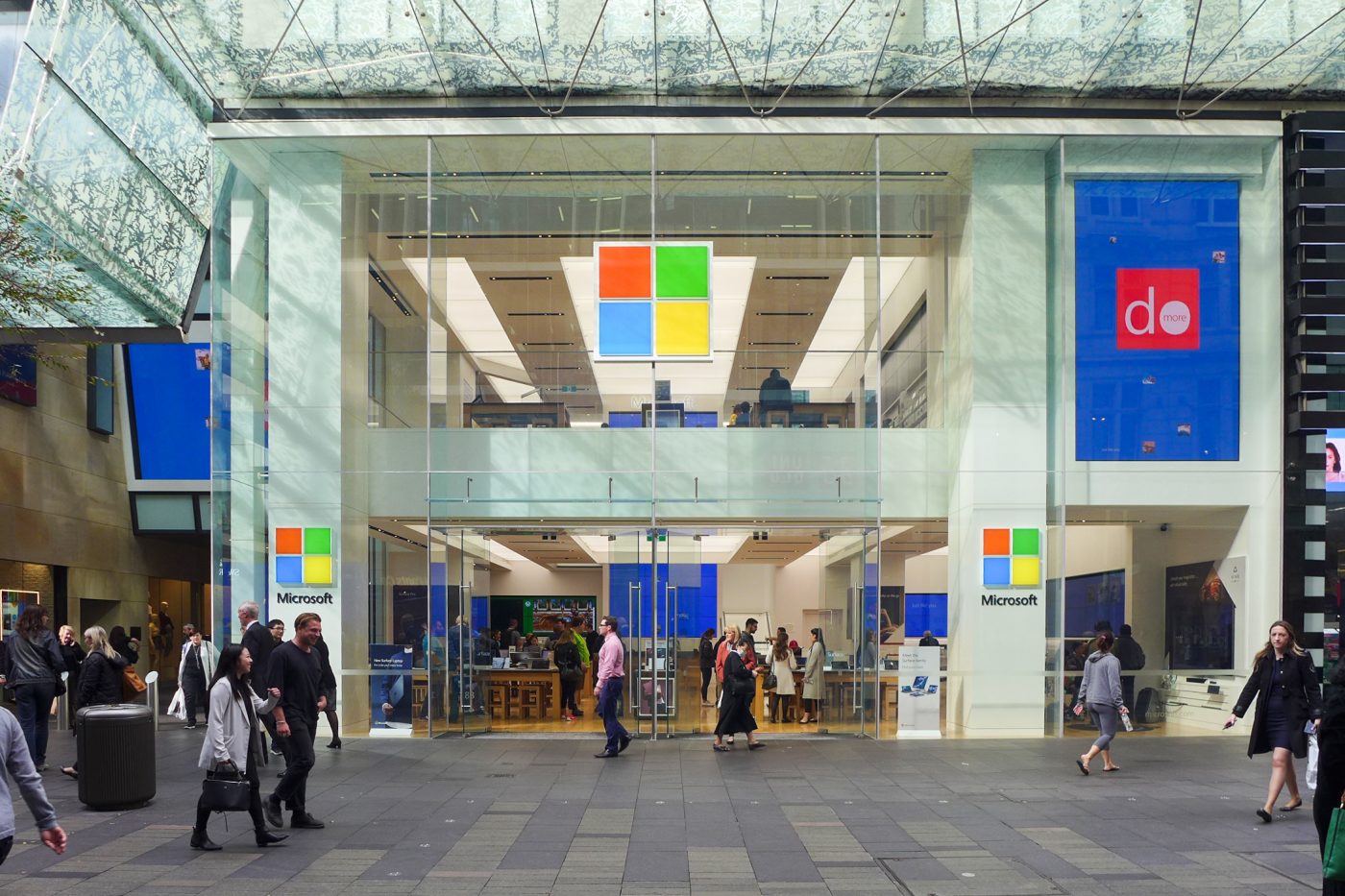Internet retail has been a big deal for quite a number of years now, and is ever-growing as a proportion of retail sales. Many traditional brick-and-mortar stores that were too slow to make the transition have died over the years. But there are a lot of stores that did adapt, and now do both internet sales and traditional in-store sales. Granted, the balance between these two sales channels can be tricky to get right. However, I think some stores at least are missing a trick.
I walked into a musical instrument store recently, looking for some drum hardware. This store has a website, so I knew it sold the kinds of things I was looking for. I also knew that there was far more choice online, as well as the opportunity to easily compare prices to get the best deal. Why, then, did I go to the physical store? The same reason I imagine many people do – to physically experience and test products first hand. It applies to any good that has an element of personal fit or design. The most obvious examples are clothes and shoes, but there are many others. A chair may have the best reviews and may be known to be of high quality from reviews and word-of-mouth. However, if that chair doesn’t conform to your particular body shape, then its value to you personally is going to be low. The same might go for objectively great sounding headphones that don’t fit your ears properly.
You can imagine my chagrin then, when it turns out this store stocked only a small fraction of the range they advertised on their website. Now, it is understandable that there may be considerations in terms of how much stock they can hold due to physical area. However, online retailing means that physical stores need to essentially be showrooms for all the products the store sells.
Present Bias
Present bias is the psychological idea that the difference between ‘now’ and ‘later’ is huge – much larger, in fact, than between two points in the future with the same difference in time. A broad range of experiments classified as ‘smaller sooner, larger later’ have demonstrated this in practice. For example, if you were to ask someone to choose between getting £10 right now and £11 tomorrow, then many people would choose the £10 at that moment. On the other hand, if you offered them £10 in a year vs £11 in a year + 1 day, then they would almost certainly choose the £11. The point is that the difference in a day is seen completely differently depending on how proximate that day is to the current moment in time.
The one key advantage for retailers from having a physical store is present bias. The salience from getting something that you have in your hands right now is strong enough that you are likely to be okay paying a bit more for it. Indeed, this is why in-store prices can get away with being higher than online prices. It is also the reason why I was fully prepared to pay more money for ‘the right product’ if I had the chance to try multiple models out and was able to find a product that I found a connection with. I knew this, fully accepted it, and yet the store missed out on a sale because they barely had any products for me to try.
Given this, it seems bizarre that stores aren’t focusing on providing a showroom-like experience. IKEA has nailed this idea for years. Have every single product on display in an environment where the consumer can see the natural usage benefits of that product, and experience it all first-hand. Again, I concede that this may be difficult in some cases due to sheer space required, but efficient systems can minimise these issues.
Online retailing has changed how people purchase goods. It has therefore, indirectly, also changed the purpose and value of physical stores for many people. I think that retailers who operate both online and physical stores (or even only physical stores) need to re-think their stocking strategy, and how individuals are able to experience products that they cannot do online, if they stand any chance of surviving in the longer run.

